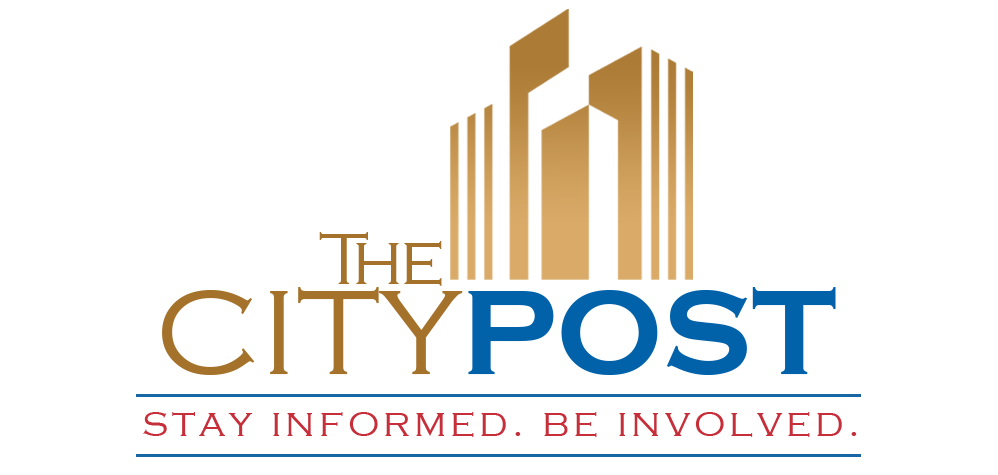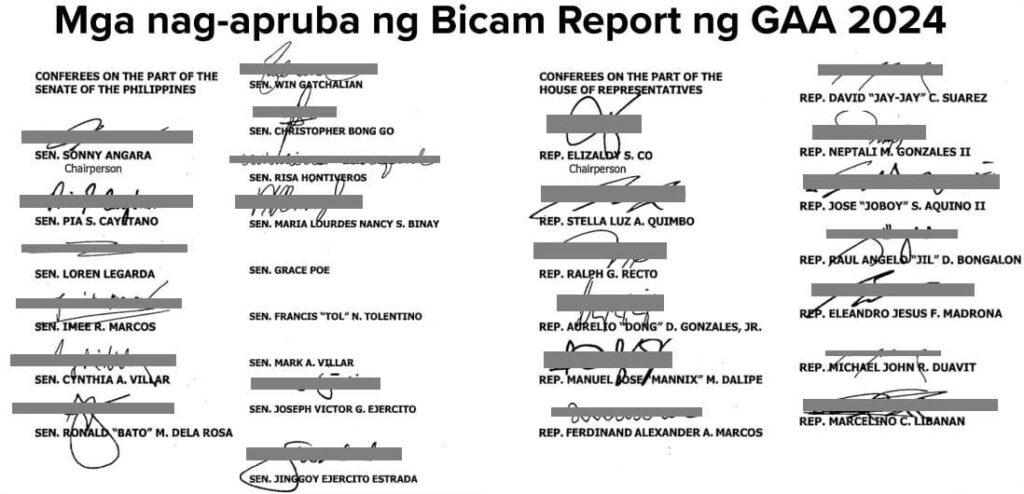📷: Police arrested 10 residents, including Molbog people, of Sitio Mariahangin, Barangay Bugsuk in Balabac, Palawan on Thursday, May 15, 2025. | Katribu
Ramon Ang must be really destitute for him to insist that he has ownership rights over land occupied by the indigenous Molbog people living in Sitio Mariahangin, Bugsuk, Palawan. Not content with his own weird airport in Bulakan, Bulacan in addition to controlling the management of the Ninoy Aquino International Airport, Ang may ne enamored with Bugsuk island’s grandeur for him to have yet another airstrip on the property long considered part of the ancestral domain of the indigenous people (IP) of Palawan.
Bugsuk island had been declared earlier as subject to the agrarian reform program but the ever-unreliable Department of Agrarian Reform (DAR) made a volte-face and declared that Bugsuk, long farmed by the IP, as not suitable for farming.
This is reminiscent of DAR’s betrayal of the farmers and farm workers in the Batangas haciendas of the Roxases, Elizaldes and the Ayalas, where the agrarian reform beneficiaries (ARBs) ended up “owning” land not suitable for cultivation and bereft of water.
The landlords got the arable land that they are now converting into “solar farms” and “eco-tourism” projects, the very same ventures that Ramon Ang, who inherited the companies of the late Danding Cojuangco, from San Miguel Corp. (SMC), originally the country’s largest food and beverage conglomerate, that has now expanded to coal mining, expressways, light rail transit operations, even p[roperty development, banking and a welter of businesses with an alphabet soup of subsidiaries.
So there, Ang is not only as smart as the Roxases, Elizaldes and the Ayalas but he is more equal than the Molbog people, the Palaw’an, the Cuyonin and the hardy souls living and toiling across the length and breadth of the country’s much-touted “last frontier.”
To tack on an environmentalist tag to his profiteering, Ang has ventured into “eco-tourism” businesses like the one in Bugsuk, which also hosts an airstrip to accommodate the high-flying Ang and his chums, including perhaps Inigo Zobel, a dear friend of Marcos Jr. and son of the late Enrique Zobel, also a dear friend of the deceased dictator Ferdinand Marcos Jr. These are the ties that bind the Marcoses, the Zobels and the Ramon Angs of this republic.
Ang is technically also the big boss of the Cojuangco haciendas in Negros Occidental which retained control of the vast sugar plantations that had been subjected to agrarian reform but which the Cojuangcos transformed into a “collectivized farm” that they leased back, with the farmers effectively reduced to being workers.
The Cojuangco Negros operations have suffered huge losses, and the ARBs want the land to revert to them, complaining that they had been paid slave wages and ended up not enjoying the benefits due them from the Social Security System (SSS) and the cooperatives purportedly organized for their collective interest.
The company organized by the Cojuangcos insists many of the ARBs had lost their proprietary rights to the land but farmers insist they were duped into an unequal ties with the coops and the Cojuangco joint venture partner.
In the case of Bugsuk, the island was suddenly deemed by the DAR as unfit for farming, even when those farms were designed to become the source of hybrid coconut seedlings to raise the output for the entire coconut industry. In both Negros and Bugsuk, the CARP beneficiaries were double-crossed.
Apprised of the plight of the IP in Bugsuk, Kilusang Magbubukid ng Pilipinas (KMP) chairperson Danilo Ramos backed the struggle of the people of Bugsuk against Ang, a complete stranger and an unknown element who has controlled the assets left behind by Danding. Ramos condemned the terror tactics, harassment and landgrabbing of the 11,000-hectare ancestral domain of the people of Pandanan and Bugsuk.
Ramos denounced both the Agriculture Investors Inc. (AII) and Jewelmer Corp., two Cojuangco corporations that have occupied the land since the 1970s.
That Cojuangco and the Marcos cronies were attracted to the huge commercial potentials of Palawan islands is proven by the continued control of the 40,000-hectare Yulo King Ranch in Coron and Busuanga, the failed attempt to create a safari “kingdom” in Calauit island, and the depredations by mining companies in Southern Palawan.
On May 15, policemen from the towns of Bataraza and Brooke’s Point, along with members of the 1st Palawan Provincial Mobile Force Company (PPMFC) arrested several Molbog leaders who opposed the DAR land conversion and their forcible eviction from the island. KMP said that strangely, a former executive director of the National Commission on Indigenous Peoples (NCIP) sued the Molbog leaders.
Rather than defend the indigenous Molbog leaders, who are supposed to be their constituents, the NCIP is the spearhead of an inquisition against them. Last year, the people of Bugsuk staged a protest and a hunger strike in front of the main office of the DAR in Quezon City.
As they pursued their struggle to defend their right to their ancestral domain, Ang’s operatives employed devious means to deceive, cajole and eventually terrorize them into surrendering their land to SMC. Seeking to win them over, Ang’s group wooed them to part with their land in exchange for the so-called “resettlement packages” valued between P50,000 and P300,000.
In 1974, the Ferdinand Marcos Sr. dictatorship granted Cojuangco the control of 10,821 hectares in Bugsuk. Eventually, the property ended up as an SMC asset and now subject to the “green” ventures of Ang. Ang and his group insist that their old title to the land was superior to the provisions of the 1997 Indigenous Peoples Rights Act (IPRA.)
Tensions heightened in Bugsuk after Bricktree Properties Inc., an SMC subsidiary, undertook an eco-tourism enclave on a 5,567-hectare property. Armed guards deployed by SMC are busy coercing the residents and pushing them to leave the island.
In 2005, the indigenous Molbog, Cagayanen and Palaw’an filed an application for the issuance of a Certificate of Ancestral Domain Title (CADT) covering 56,000 hectares but until now, nothing has been done on the application despite the fact that the indigenous people had been living on the island for centuries.
Worse, DAR canceled the Notice of Coverage (NOC) for 10,821 hectares of land under the Comprehensive Agrarian Reform Program Extension with Reforms (CARPER) for distribution to the Bugsuk residents.
“Ang pananakot, harassment, at sapilitang pagbebenta ng lupa ay malinaw na mga anyo ng karahasan at paglabag sa karapatang pantao at karapatan sa lupa,” Ramos argued. He noted that the campaign of the people of Bugsuk has intensified since 2023 and the IP organizations have demanded control of their ancestral domain and the cessation of all forms of landgrabbing by Ang and his subalterns. “Ang laban sa Bugsuk ay hindi lamang laban ng mga taga-Palawan kundi laban ng lahat ng magsasaka, mangingisda, at katutubo na patuloy na inaagawan ng karapatan at kabuhayan,” Ramos explained.
Aside from Bugsuk, SMC has been involved in at least three big cases of landgrabbing. The first was in Sumilao, Bukidnon in the 1990s that involved 144 Higaonon farmers who were evicted to pave the way for the agribusiness operations of San Miguel Foods, Inc., an SMC subsidiary. In 2007, the farmers launched the 1,700-kilometer march to Manila.
In 2017, two farmer-leaders in Calatagan, Batangas—Lito Casalla and Engraco de los Reyes were murdered after opposing the 808-hectare project of the Asturias Chemical Industries again linked to SMC.
The third is the Aerotropolis at the San Miguel Aerocity in Bulakan, Bulacan, site of the P740-billion, 2,500-hectare New Manila International Airport (NMIA.) No less than 700 fishing and farming families affected by the project were evicted. As usual, Ang was lavished with tax perks for “developing” an area where SMC will have its silos, warehouses, racetrack and naturally an airport for Ang’s own jets. (DIEGO MORRA)




